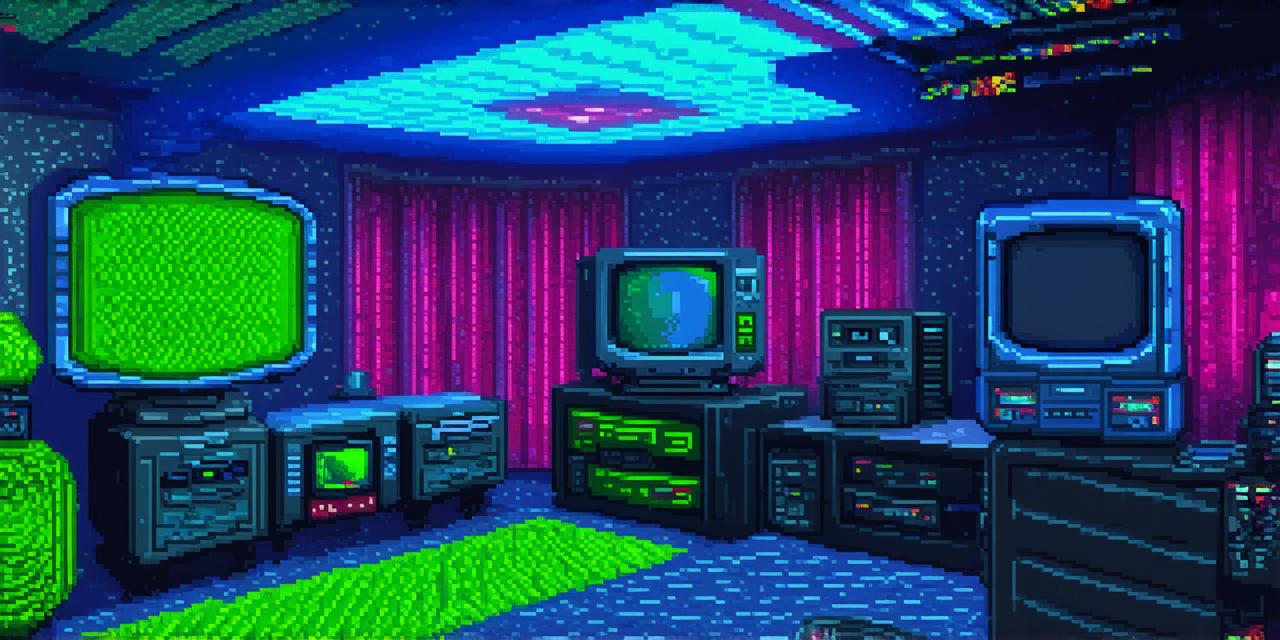Sega’s Virtua Racing (1992) and Psygnosis’ Wipeout (1995) were not just trailblazers in the 3D racing and futuristic combat genres, but also pioneers in the use of polygon graphics. Virtua Racing, with its arcade-style gameplay, introduced a new level of realism to racing games, featuring realistic car models and dynamic track environments. The game’s impressive graphics, powered by Sega’s Model 1 arcade system board, set a new standard for visual fidelity in gaming.
Wipeout, on the other hand, offered a unique blend of high-speed racing and tactical combat, all set in a neon-lit, futuristic world. The game’s innovative use of trance music, combined with its fast-paced action, created an immersive experience that was unlike any other at the time. Wipeout’s multiplayer mode also allowed players to compete against each other, adding another layer of excitement to the gameplay.
The Pioneers Revisited: Resident Evil and Doom – A Closer Look
Capcom’s Resident Evil (1996) and id Software’s Doom (1993) were early entrants into the survival horror and first-person shooter genres, respectively. Resident Evil, with its atmospheric gameplay and terrifying creatures, redefined the survival horror genre by introducing elements such as limited resources, puzzles, and a sense of isolation. The game’s fixed camera angles added to the tension, creating a unique and immersive experience for players.
Doom, on the other hand, offered fast-paced action and multiplayer mode, becoming a staple in the FPS genre. The game’s graphics, while not as advanced as those of Virtua Racing or Wipeout, were still impressive for its time. Doom’s level editor also allowed players to create their own levels, fostering a sense of community and creativity among gamers.

The Visionaries: Gran Turismo and Myst – A Comprehensive Analysis
Polyphony Digital’s Gran Turismo (1998) and Cyan Worlds’ Myst (1993) were visionary titles that showcased the potential of 3D gaming in different ways. Gran Turismo, with its realistic racing simulations and extensive car customization, became a benchmark for racing games. The game’s attention to detail, from the accurate physics to the meticulously modeled cars, made it a favorite among racing enthusiasts.
Myst, on the other hand, offered a unique, immersive experience through its puzzles set in a beautifully rendered 3D world. The game’s non-linear structure and minimalist interface allowed players to explore the world at their own pace, creating a sense of wonder and discovery. Myst’s stunning graphics, combined with its atmospheric soundtrack, made it one of the most popular games of the 90s.
The Legacy: A Lasting Impact – A Conclusion
These games, though products of their time, continue to influence modern game development. Their innovative mechanics, immersive storytelling, and pioneering use of 3D graphics have left an indelible mark on the industry. As we move forward, let us remember these classics as a testament to the power of creativity and innovation in gaming, and as a reminder of the exciting possibilities that lie ahead for the future of gaming.
